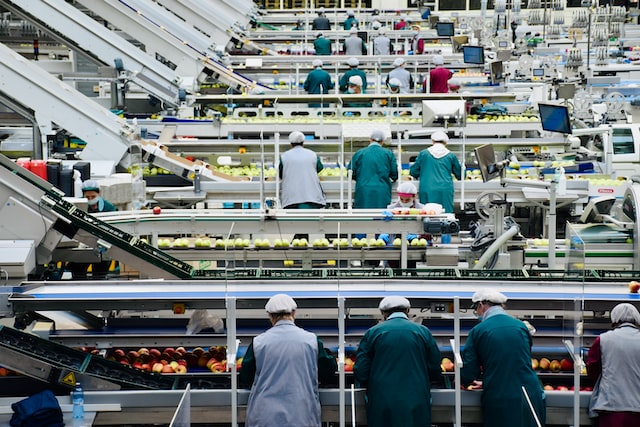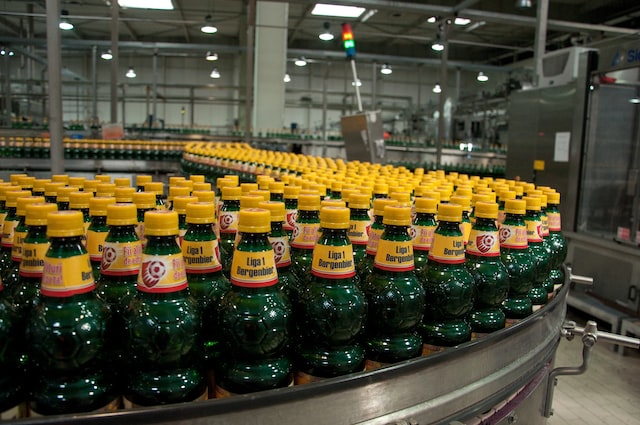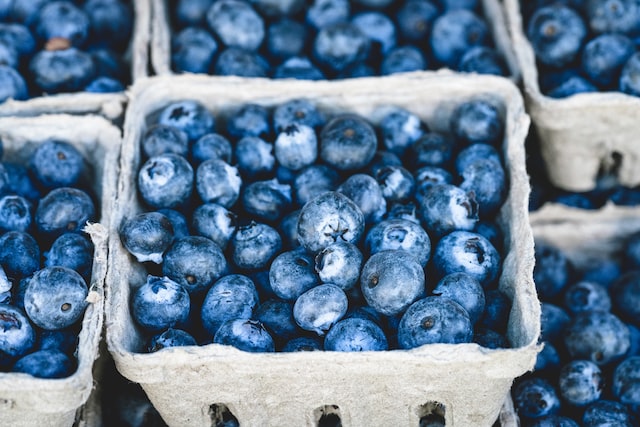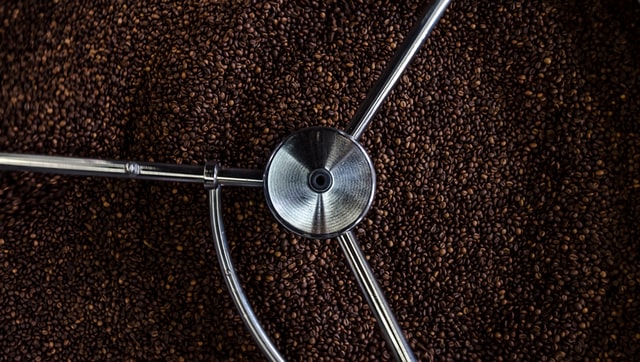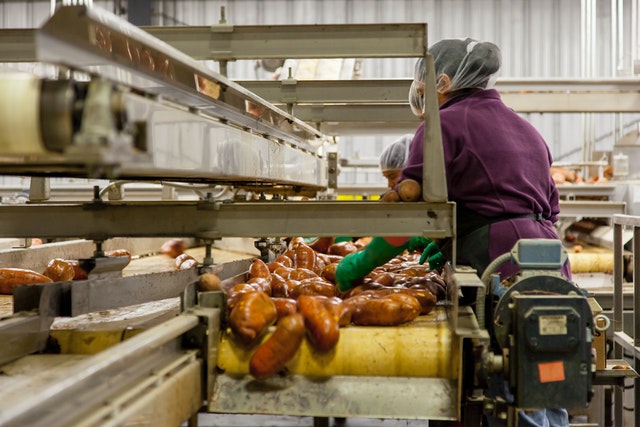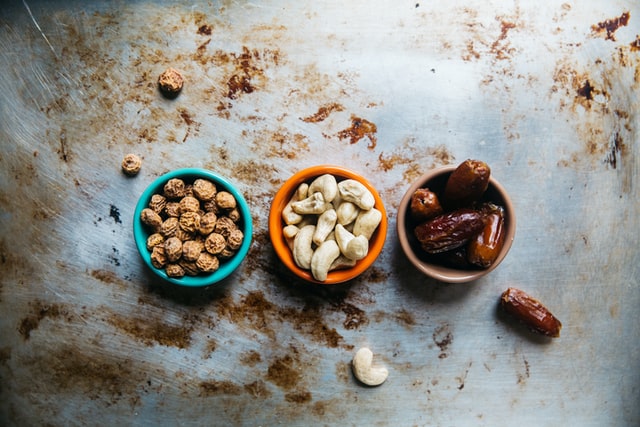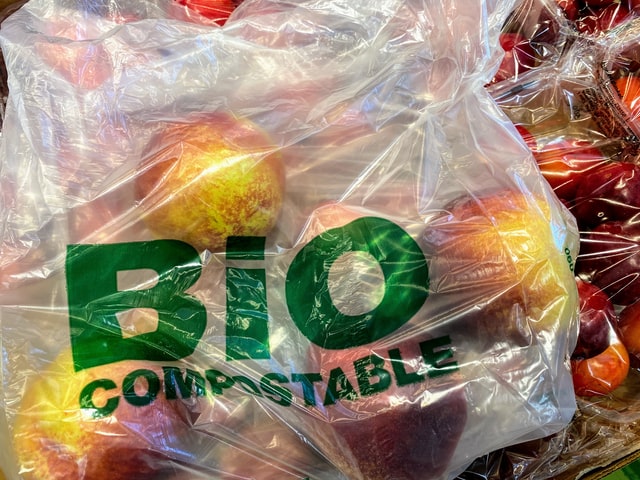The fundamental aim of a product-based firm is to deliver items to consumers. Packing goods once they’ve been produced, put together, and manufactured is a must. Some firms don’t have the money, workforce, or time to purchase equipment and package things in-house. Contract packaging or co-packing services enable packaging firms to package items for transportation or store them with professional packaging.
What Is Contract Packing or Co-Packing?
Contract packaging comes in a variety of shapes and sizes. Some contract packers provide clamshells and other rigid packaging. Shrink Wrapping and flow wrapping are two common packaging services offered by flexible producers.
Co-packers can assist with the filling of bottles, containers, and packets of consumable goods before they’re finished. The products are master-packed and prepared for shipment once they’re complete.
Benefits of Work with a Contract Packer or Co-Packer
Contract packaging companies are frequently utilized to fulfill short-term and medium-to-high volume product packing requirements, which are complicated by the need for specialized equipment and personnel hours.
Labeling and distributing goods and managing the contract packing sequence are areas where experts who specialize in this area have a lot of expertise and can respond to certain product packaging demands quickly finally because these professionals have a lot of experience with various levels of the contract package sequence and have access to or collaborate with many in-house resources or external partners.
Stages and Services of Contract Packaging
Contract packaging services come in different forms, each with its benefits. Depending on their scope and development, these tools can be used independently or in conjunction with one another.
Contract packaging manufacturers collaborate with product managers and manufacturers to plan, customize, and execute the process according to the timetable, pre-produced or need-to-be manufactured packaging components, and industry standards holistically. The following are some examples of contract packaging services:
- Design: Contract packaging manufacturers not only create the final product packaging but also usually have an in-house design team to help with the process. In addition, identifying and fixing any issues that may arise during prototype testing allows products to fit perfectly into their designated packaging and maximize production time.
- Inventory Management / Control: Upon receiving inventory, audit all product and pre-produced packaging components for accuracy (e.g., check packing, manuals, card stock, promo stickers, etc.).
- Printing and Component Production: Packages may contain artwork cards or manuals that must be printed before inserting them.
- Thermoform Packaging Production: Production of packaging, which might include plastic, thermoformed packaging clamshells, blisters, trays, and other forms.
- Package Assembly & Fulfillment: Each product must be executed with care during fulfillment by packing it securely and accurately placing it into the chosen package. Each product must be handled carefully, in a specific order, and include manuals, coupons and anything else that needs to be inside before closing, sealing, and placing stickers.
Conclusion
A good contract packaging service may handle every type of product packing, from the most basic to the most complex. No matter what package design a product maker or manager desires, a competent contract packaging firm will be at your side at each step to ensure that the goods are delivered on time and in perfect condition.
Need a hand with your food business’ packaging? Contact the greater goods today to see how we can help!
